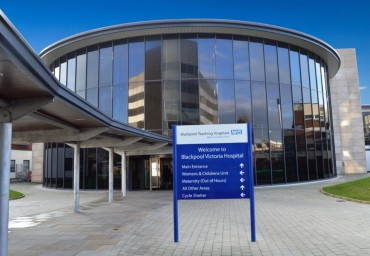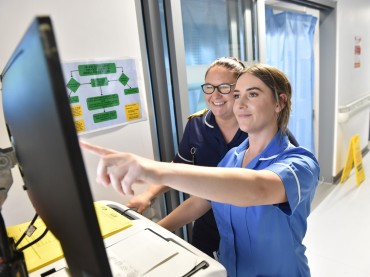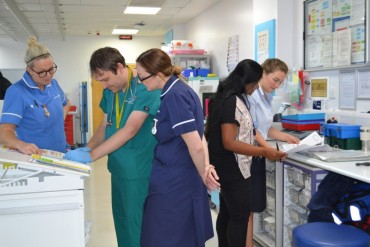Overview
This guide has been designed to help you understand what Photo Dynamic Therapy (PDT) is and how it works in treating Wet Age Related Macular Degeneration (AMD) and other Macular diseases.
It also contains useful information on what you can expect during treatment as well as some advice on what you should do before and after treatment.
If, after reading this guide you have any questions about PDT or your eye condition, be sure to discuss them with your Consultant.
We are aware this PDF are might not be accessible to all users. If you would like to request an accessible version, please contact bfwh.
Read our accessibility statement to learn more.



